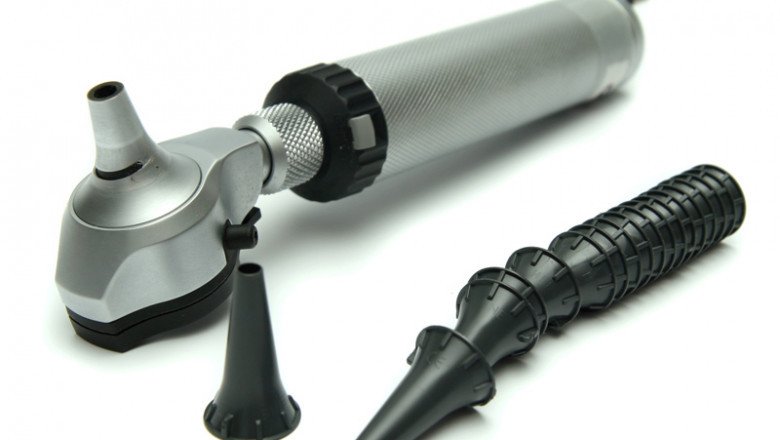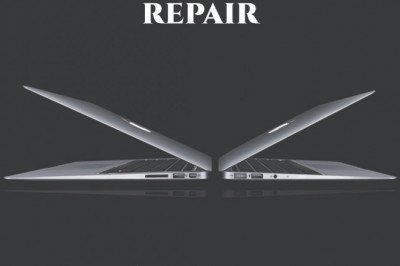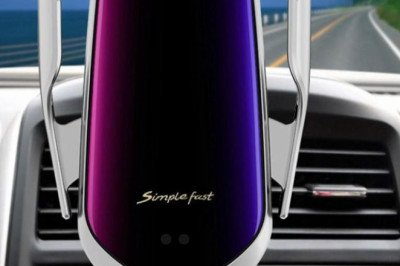
views
The Otoscope is used for the remainder of the ear examination. A halogen light source and fiberoptic circumferential lighting are built into the otoscope. This enables the spectator to examine the inner ear components through a 360-degree ring of light-conducting fibres within the otoscope's shell. The majority of otoscopes use brilliant quartz halogen bulbs that require a 3.5-V power source to illuminate them. The tip of the device is covered by specially shaped polypropylene specula that are either reusable or disposable.
For pneumatic otoscopy, the majority of otoscopic heads can be used with a rubber squeeze bulb. Use the Otoscope with caution. The speculum need not be inserted into the canal for the most accurate visualisation of the structure. To get the finest picture of the anatomy, be gentle. When using an otoscope, the doctor first inserts the speculum into the ear canal. The speculum is usually made of plastic or metal and is designed to hold the ear canal open so that the doctor can see inside. The doctor then turns on the light and looks through the magnifying lens to examine the ear canal and tympanic membrane.












Comments
0 comment